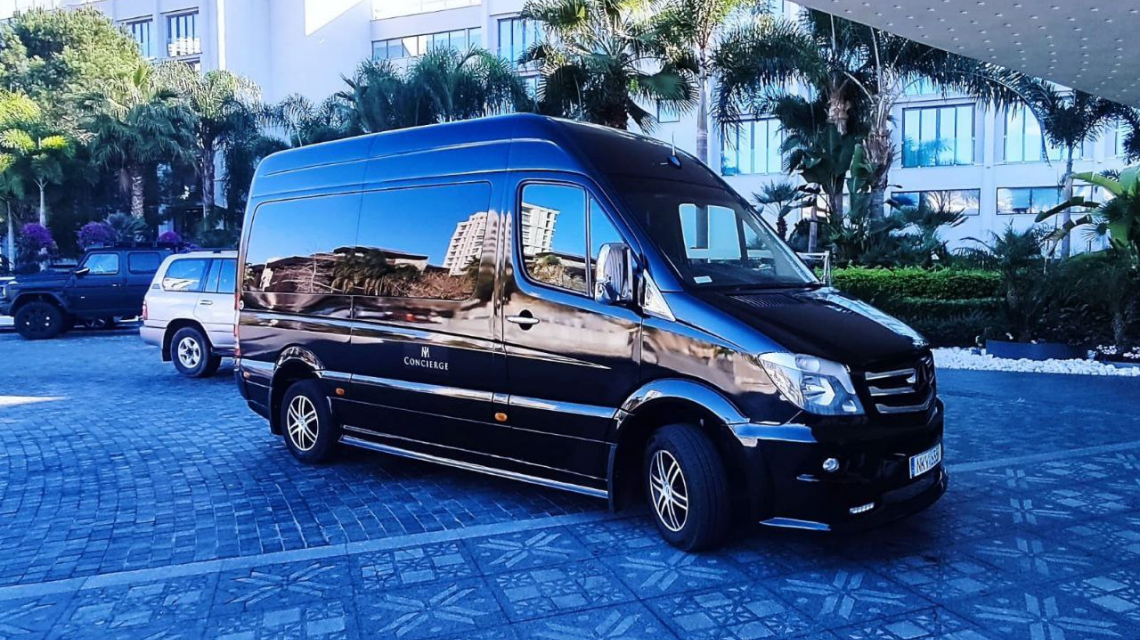taxi larnaca airport to ayia — practical guide and tips Leave a comment

If you are arriving on the island and want a smooth transfer, consider booking a taxi larnaca airport to ayia napa service in advance or taking an on-demand taxi from the arrivals area. A taxi will get you directly to your hotel or rental without the stops and schedule constraints that come with public transport — especially convenient if you carry luggage, arrive late, or travel in a group.
Distance and travel time. The drive from Larnaca International Airport to Ayia Napa covers roughly 45–55 kilometers depending on the route. Under normal traffic conditions the journey typically takes between 35 and 50 minutes. During the summer months or on holiday weekends, allow extra time for congestion near tourist hubs and coastal roads.
Estimated fares. Taxi fares can vary by operator, time of day, and exactly where in Ayia Napa you want to go. Expect a fare somewhere in the range of €35–€60 for a standard four-seat vehicle from the airport to central Ayia Napa. Nighttime services, extra luggage, or requests for larger vehicles like 6-7 seat vans can increase the price. Always confirm the total price before starting the trip or agree on using the meter if that’s standard practice with the driver.
How to find a taxi at the airport. Larnaca International Airport has designated taxi ranks outside the arrivals hall. Licensed taxis are usually organized and easy to spot; drivers often display identification and a taxi license. Follow the signs to the official taxi stand, avoid unmarked offers inside the terminal, and if you prefer not to queue, many services accept phone or online reservations so your driver will meet you at the curb with a name sign.
Booking in advance. Pre-booking a taxi is recommended for peace of mind, fixed pricing and straightforward meet-and-greet service at the airport. Many local companies and apps offer fixed rates for airport transfers to Ayia Napa; you can reserve a private car, a shared shuttle, or larger vehicles for families and groups. When booking, check cancellation policy, payment options (card versus cash), and whether prices include tolls and waiting time.

Safety and driver standards. Licensed taxis in Cyprus must meet vehicle safety and registration requirements. Most drivers are professional and will speak at least basic English. If you have special needs or require a child seat, request that when you book. For reassurance, choose a company with reviews and clear contact details; reputable services will provide a vehicle plate number and driver information ahead of arrival.
Luggage and accessibility. Standard taxis accommodate normal luggage amounts; if you have oversized items or more than two suitcases per passenger, notify the taxi provider in advance so they can assign a larger vehicle. Many companies can provide wheelchair-accessible vehicles, but these are limited — pre-booking is essential if accessibility is required.
Payment methods and tipping. Cash in euros remains widely accepted, but an increasing number of taxi operators also accept card payments or online prepayment. Confirm accepted payment methods before the ride. Tipping is appreciated but not mandatory; rounding up the fare or leaving 5–10% is common practice for good service.
Alternatives to taxis. If you prefer a cheaper option, public buses run from Larnaca Airport to Ayia Napa with connections and generally lower fares, but they take longer and may involve transfers. Shared airport shuttles are another alternative, offering a compromise between cost and direct service. Renting a car at the airport is convenient for independent travel, but you’ll need to navigate in summer traffic and find parking in busy Ayia Napa areas.
When to choose a taxi. A taxi is the best choice if you value door-to-door service, travel with luggage or family, arrive late at night, or need to reach a hotel that is not on the bus route. It’s also the preferred option if time is limited and you want to maximize your first hours on the island without waiting for schedules or making multiple stops.

What to expect on the road. The route from Larnaca to Ayia Napa passes through scenic coastal stretches and small towns. Drivers usually take either the A3 and A5 motorways or a coastal route depending on traffic and your exact destination. Roads are generally in good condition, with clear signage. If you’d like a scenic drive, mention it — drivers familiar with the island can suggest small detours or viewpoints.
Useful tips. Have the name and address of your accommodation written down in English and, if possible, in Greek. Keep small change for quick payments and tips. If your flight time is uncertain, choose a company with flexible arrival monitoring that will adjust pickup times based on flight delays. Save the taxi company’s number so you can contact them if your arrival time changes.
Booking checklist. Before confirming a taxi reservation, verify: the total price or pricing method, vehicle size, pickup point (meet-and-greet details), payment methods, cancellation terms, and whether the fare includes extras like tolls or airport fees. If you need a child seat, wheelchair access or multiple pickups, confirm these in writing.
Environmental considerations. If you prefer a smaller carbon footprint, some providers offer hybrid or electric vehicles for transfers. Ask about such options when booking. Sharing a shuttle with other travelers is also a way to reduce per-person emissions compared to a private taxi.
Final thoughts. A taxi from Larnaca Airport to Ayia Napa offers a straightforward, comfortable way to start your visit to one of Cyprus’s liveliest seaside towns. With a little planning — checking prices, booking ahead when needed, and ensuring the right vehicle for your luggage and accessibility needs — you can enjoy a stress-free transfer and arrive ready to explore beaches, restaurants and nightlife. Whether you choose a private car, a shared shuttle, or an alternative mode of transport, the journey between Larnaca and Ayia Napa is short and pleasant, setting the tone for your time on the island.










